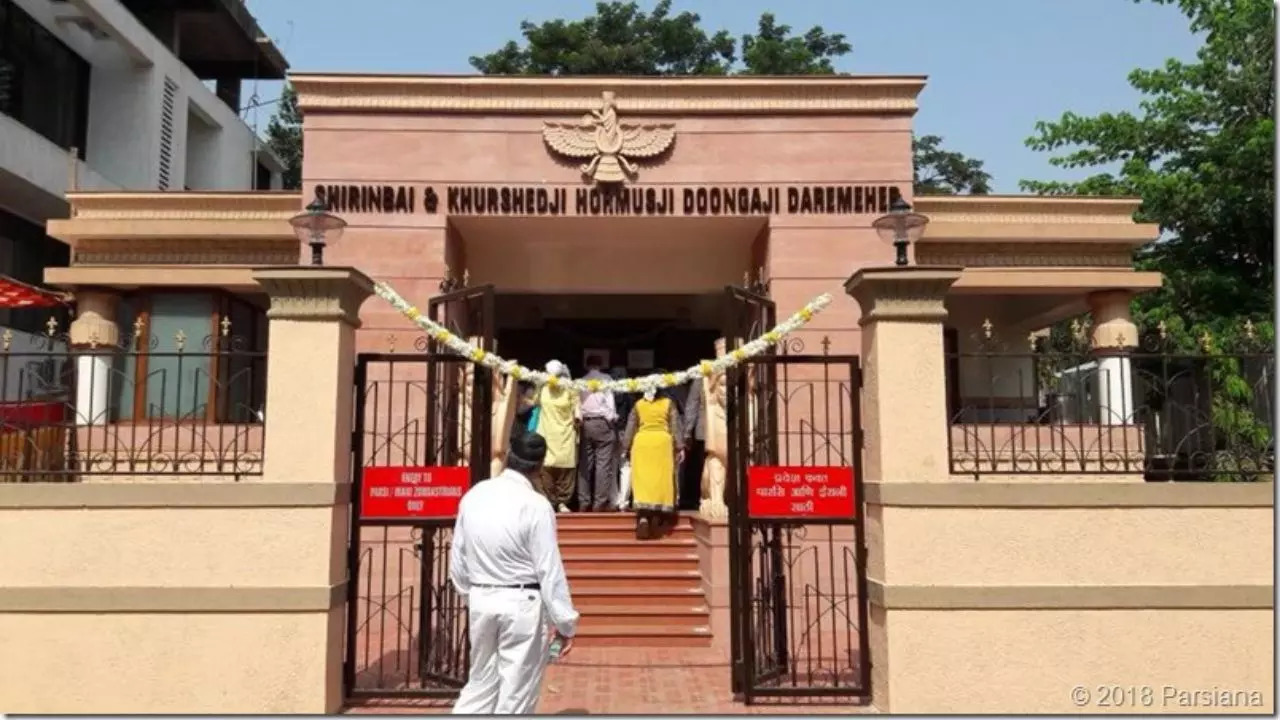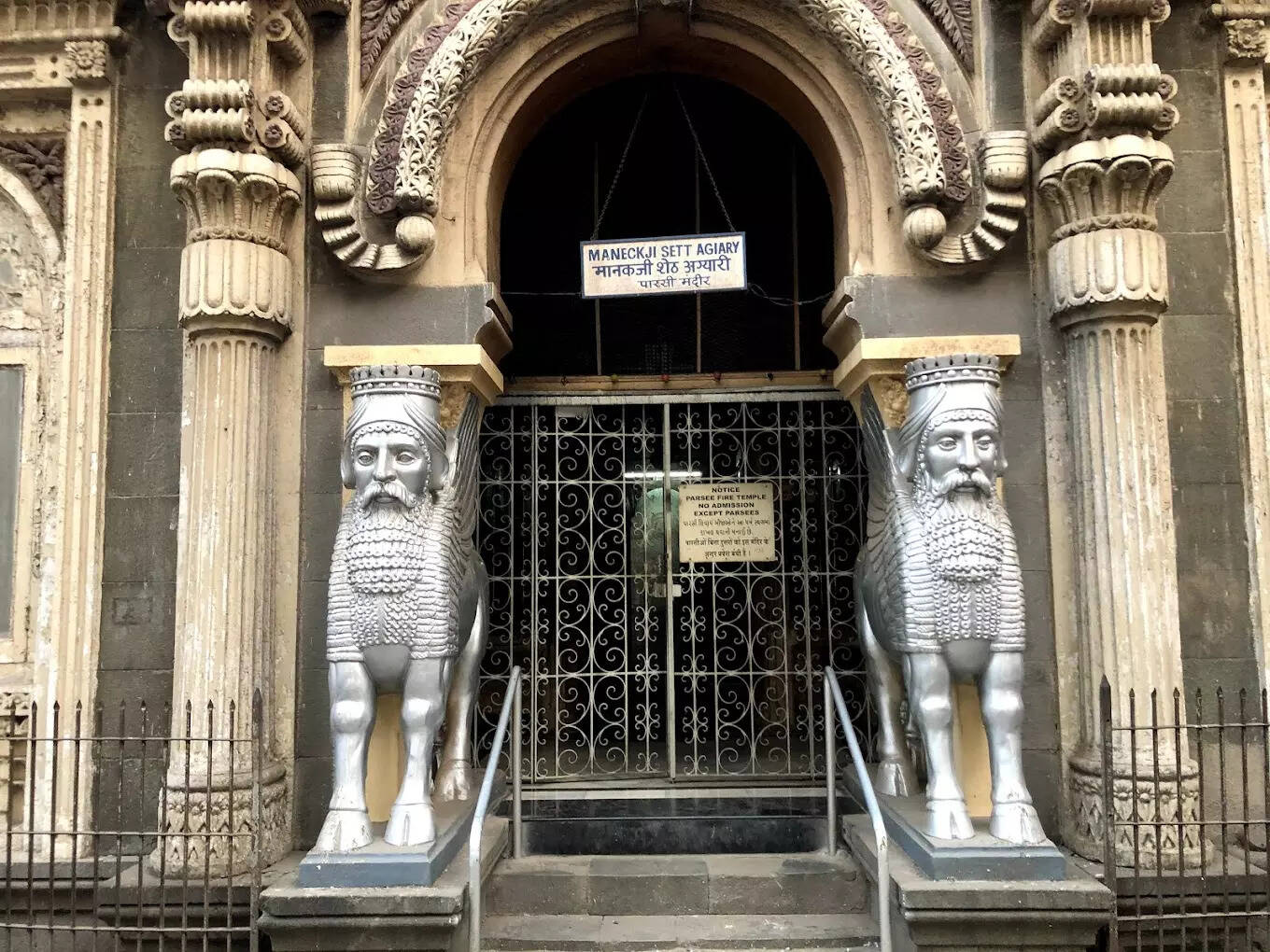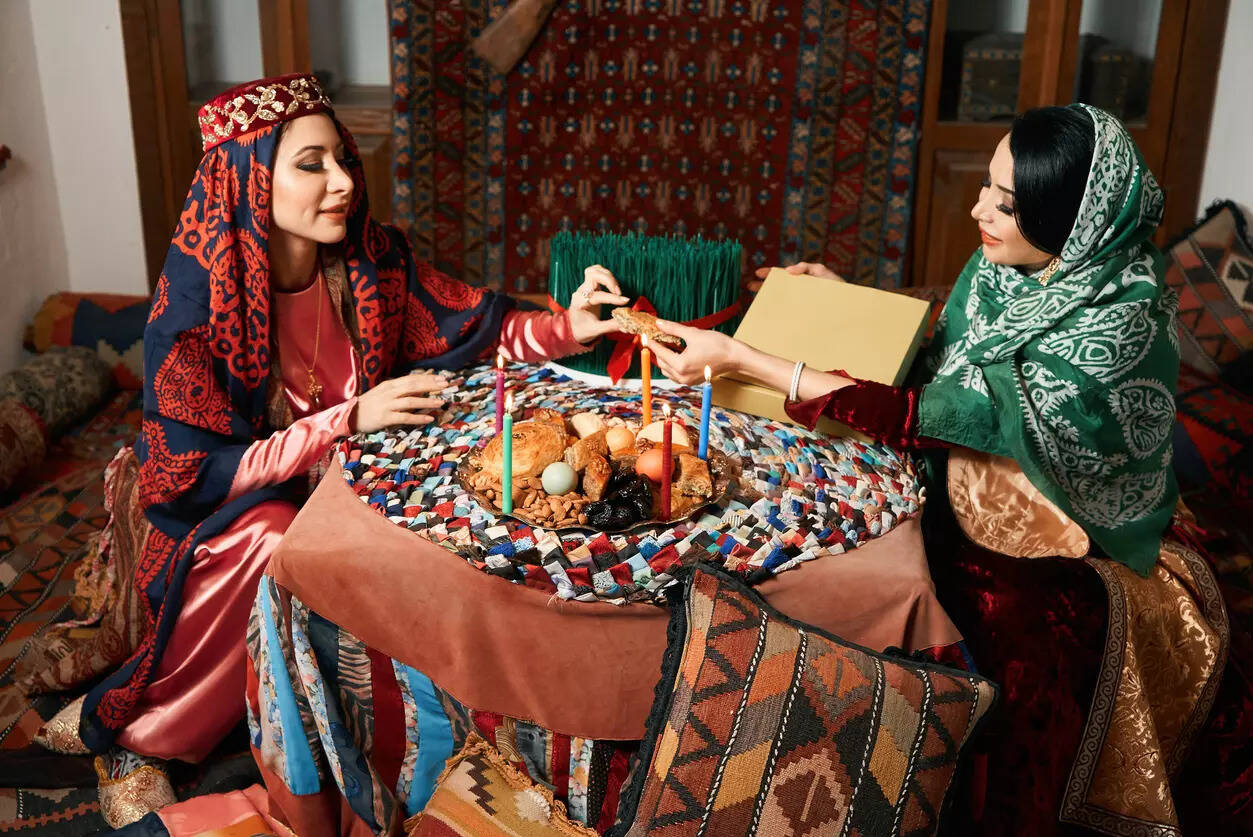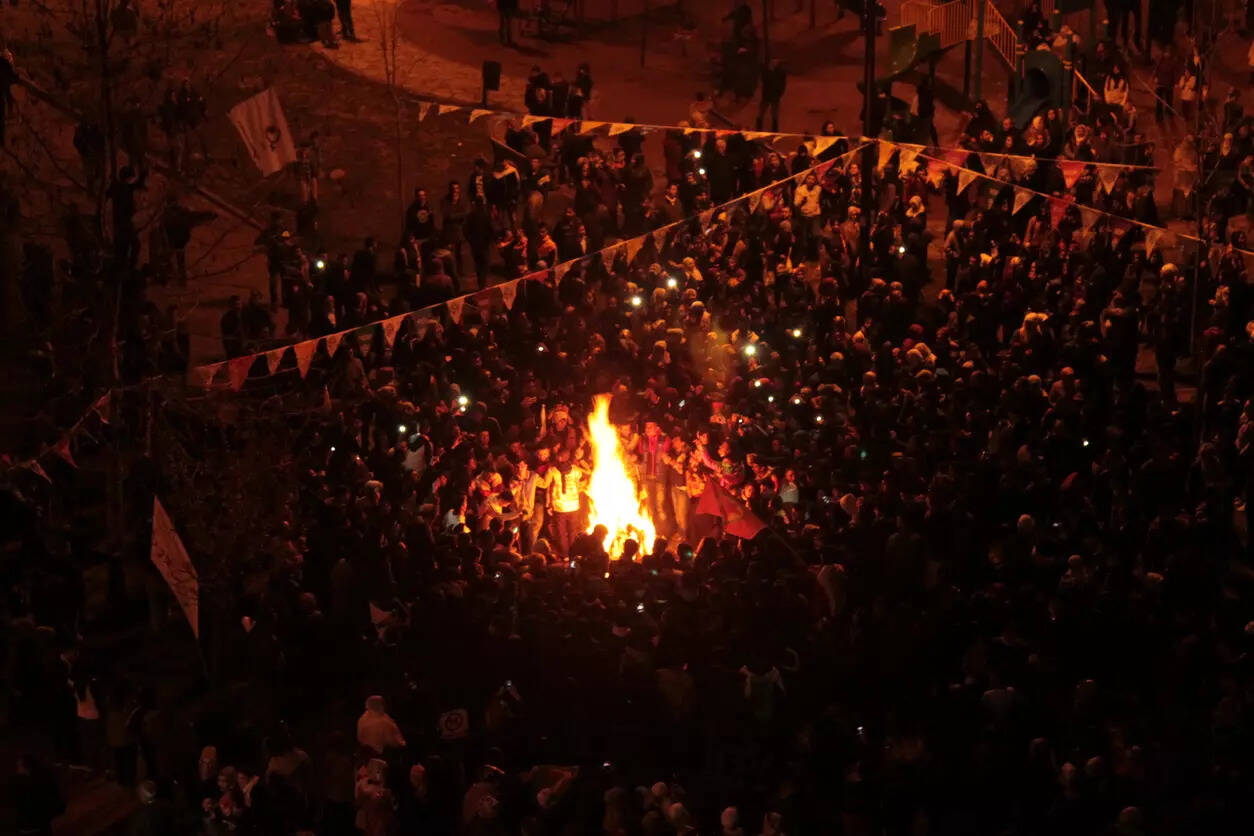Contents
Parsi New Year 2024: Celebrations and Traditions Around the World
Derived from the Persian words “nav” and “roz”, meaning “new day”, the Parsi New Year, also known as Navroz or Nauroz, is a centuries-old tradition celebrated by the Parsi community.

Parsi New Year 2024: Celebrations and traditions around the world
Marking the onset of spring and the renewal of nature, the Parsi community around the world celebrates their New Year, also called Navroz, meaning ‘new day’. While globally celebrated around the spring equinox on March 21, the Parsi community in India follows the Shahenshahi calendar, which will see the celebration on August 16 in 2024.
The celebration is also part of UNESCO’s Representative List of the Intangible Cultural Heritage of Humanity, and the 2010 United Nations General Assembly declared March 21 as International Nowruz Day. Countries with Persian cultural influences, including Afghanistan, Azerbaijan, India, Kyrgyzstan, Kazakhstan, Pakistan, Turkey, Tajikistan, Turkmenistan, and Uzbekistan, celebrate the festival.

History and Celebration of Navroz
Rooted in Zoroastrianism, one of the world’s oldest monotheistic religions, the festival traces its origins to ancient Persia. Legend has it that King Jamshed saved humanity from a devastating winter, marking the start of a new era with this joyous occasion.
India, especially Maharashtra and Gujarat, have a sizeable population of Parsis; both these states have some of the most vibrant celebrations filled with spirituality, family bonding and culinary delights. Parsis clean their houses, decorate them with flowers and visit fire temples (Agiaries) to pray and seek blessings. The day also marks a sumptuous feast with Parsi delicacies such as Prawn Patio, Mori Daar and Patra Ni Machhi.

Navroz, or Parsi New Year The Haft Sin table is centered around the 4 Fs – fire, fragrance, food and friendship. So in addition to the seven traditional items on the Haft Sin table, it is also important to place items such as a holy book, mirror, incense, fruit and coins to represent hopes for a prosperous year. Many Parsis also contribute to charitable causes as part of the celebration.
While the Zoroastrian community has dispersed around the world, the spirit of Navroz is still strong. In countries such as Iran, the festival is a national holiday celebrated with elaborate rituals and traditional food. In some countries, people participate in symbolic preparations with fire and water and perform ritual dances that sometimes involve jumping over fires or carrying firewood.

Tradition of the Haft Sin Table
A quintessential symbol of Navroz is the Haft Sin Table, a beautifully arranged spread of seven items that begin with the letter “S” in Persian. Each item has symbolic significance:
Vegetables: Wheat grass is a symbol of rebirth and renewal.
samanu: A sweet pudding made from wheat, representing abundance and fertility.
Senjed: Dried oleaster fruit, a symbol of love and victory.
Seab: Apple is a symbol of beauty, health and wisdom.
Serkeh: Vinegar represents age and experience.
Sir: Garlic is a symbol of good health and protection from evil.
Abbreviation: The sumac berry represents sunrise and patience.
Other common items include a mirror, a candle, colored eggs, coins, and a book of poetry.
Get the latest news live on Times Now, along with breaking news and top headlines from destinations, travel and around the world.
End of article


